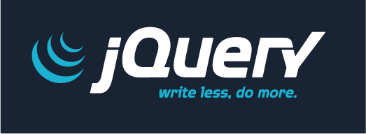LinkedIn dynamic button rendering
It has become standard to offer sharing functionality via major platforms such as Facebook, Twitter and LinkedIn on websites. Most of the platform providers have multiple options for inserting their sharing features often including the use of an iFrame.
LinkedIn is slightly different however choosing only to offer a javascript based solution similar to the following:
<script src="//platform.linkedin.com/in.js" type="text/javascript"></script>
Above the inclusion of the required javascript function, and below the addition of sharing functionality where required.
<script type="IN/Share"></script>
When asynchronous pagination gets involved however this lack of an iFrame causes an issue: the javascript is not called as the asynchronous load takes place. This issue stumped me for for a while until I found the simple solution to call:
IN.init();
Eugene O’Neill (Web Developer for LinkedIn) has stated:
1) IN.Parse() and IN.Init() are here to stay. While we do employ the policy that any undocumented methods may or may not be supported indefinitely, these two are uniquely crucial to the functionality of the framework. The amount of work it would require to remove IN.Parse()… I don’t even want to think about it. IN.Init() is our preferred method for loading the framework asynchronously and won’t be going anywhere. Feel free to use either method.
LinkedIn dynamic button rendering Read More »

